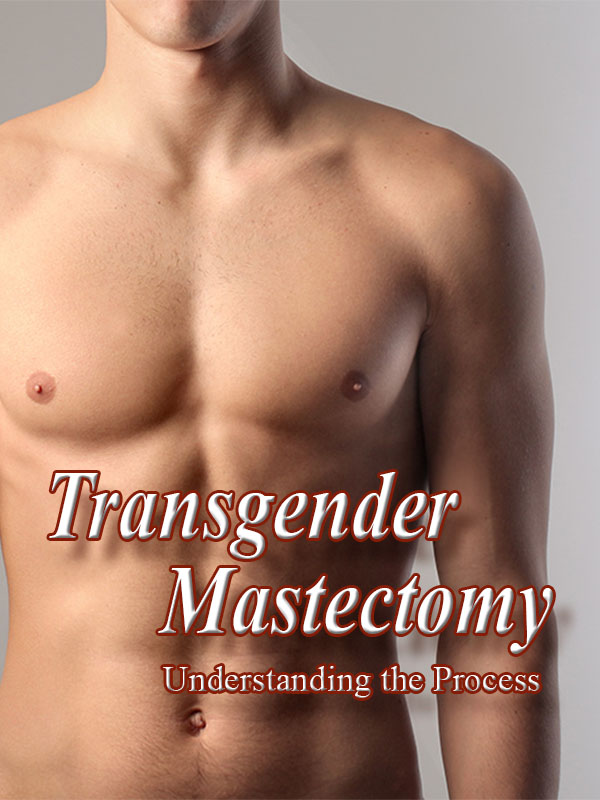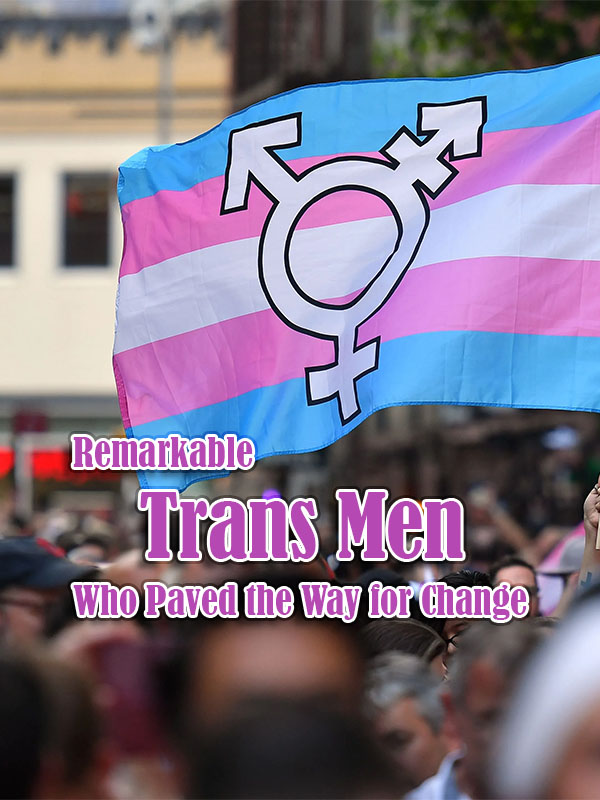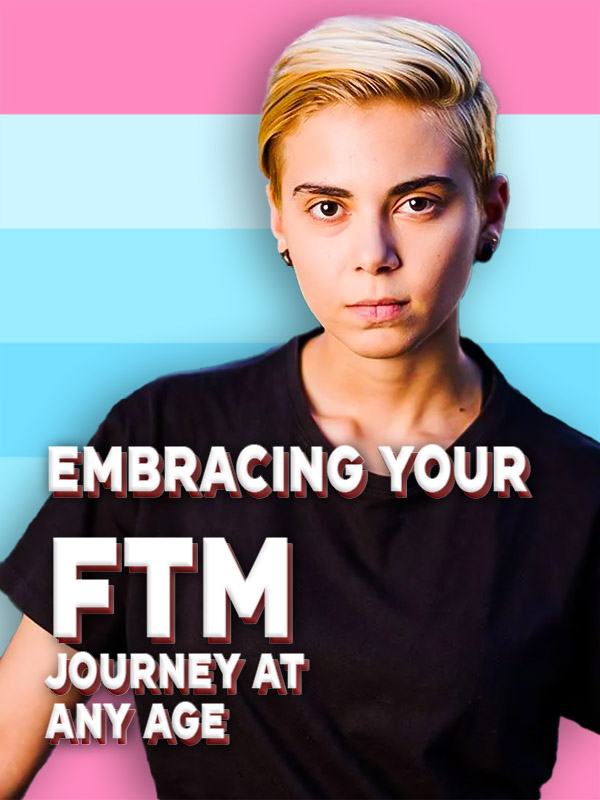Why FTM Trans Individuals are Rarely Discussed in the Transgender Discourse

Have you ever wondered why Trans women are more talked about than Trans men? Well, the media and society play an essential part in making Trans men invisible. However, all hope is not lost.
Recognizing the advantages that Trans women have over Trans men in representation is the first step. After that, it is worth seeing Trans men and offer inclusivity options. Trans men undergo unique challenges and plights. Still, the role of the media in fostering change is possible. Stirring conversations around Trans men should be a given in the same way advocacy should never be missed in any Trans table. Understanding the nuances between Transman and Trans women is the first step in creating a safe space for Trans people.
In this article, we focus on why trans individuals are rarely discussed in Transgender discourse. Join us as we explore the role of media and society in changing this narrative for FtM visibility.
Historical Context of Transgender Visibility
Most of the historical context of Trans issues has centered on MTF experiences. Until the late 1900s most activists were Trans women. A good representation is Christine Jorgensen, who set the pace for Trans women. She received accolades for media representation.

In 1915, Micheal Dillon would become the first MTF to transition via hormones and surgery. Another figure is Roberta Cowell, who transitioned as a Trans woman. Her role in newspaper sensationalism set the pace for MTF. Still, MTF Trans people were underrepresented.
The Medicalization of Trans Experiences
A step further in highlighting the existence of MTF individuals came with the medicalization of Trans experiences. With the introduction of hormone therapy and surgery, Trans women could transition and revel in one’s identity.

For instance, the first gender-affirming surgery was in 1922. It was on Danish Painter Lili Elbe.
Delayed Medical advancement for FTM (surgeries and hormone treatment) is still geared on.
Gender Stereotypes and Societal Norms
Gender stereotypes and societal norms affect FTM people’s visibility.
Traditional gender expectations and influence on FTM Visibility include the following observations;
● A Man Is Strong, Bearded, And ‘Junked’

When you see a man, you expect to see muscle, a beard, and bulges. Well, yes, for the majority of the heteronormative population. Hence, when you know a beard-less, less-muscled Trans man with no bulge, it wages tongues.
● A Woman Is a Woman Because She Was Born So
This is another vague gender expectation. Trans men are men, although you are assigned females at birth.
Women should be docile and speak less. Men should be outspoken and assertive.
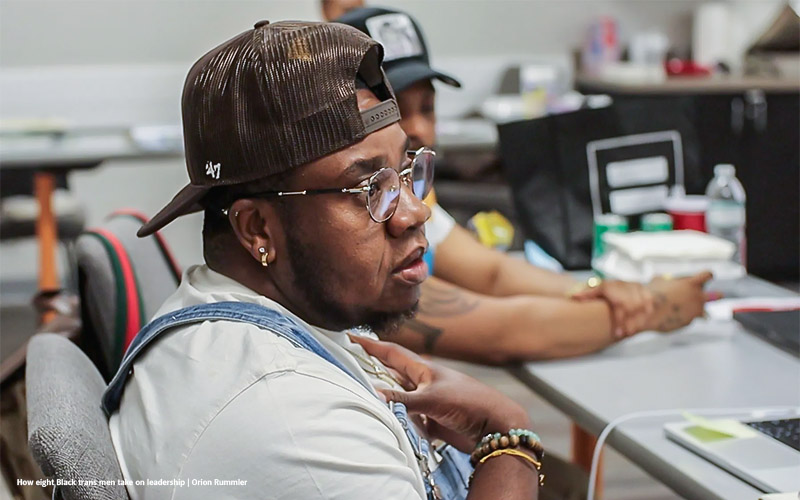
This traditional gender expectation makes it hard for Trans men to show up. Imagine standing up to fight for your male reproductive issues and getting ostracized because people insist you are a woman. This is likely to reduce your visibility.
● Femininity and Gender Expression
The typical woman represents femininity through body anatomy and expression. For instance, since women are expected to be soft with the body curvature of femininity, Trans women are an intriguing scene.
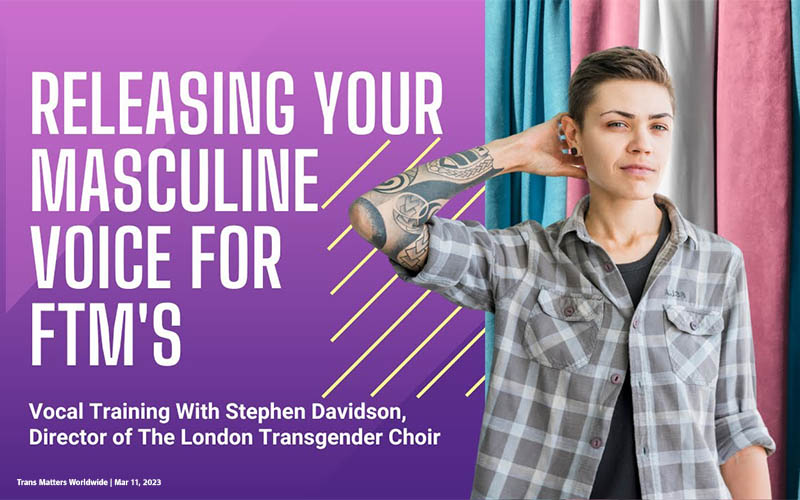
By defying the societal definition of femininity, Trans women can have deeper voices. This is if voice feminization is not a preference it causes a ‘scene’. Most Trans women are outspoken. You are likely to meet a bold and outspoken Trans woman.
Societal Factors and Cultural Factors
Specific societal and cultural factors influence just how visible Trans men are today. Consider the following misconceptions about FTM trans people. These misconceptions and biases invalidate the experiences of FTM people in general.
Misconceptions, Stereotypes, and Lack of Awareness about FTM Trans People
A Trans man is still a woman, which is a common misconception. This misconception leads to the lack of awareness that a Trans man is assigned female at birth is not male. The lack of awareness makes people force ‘womanhood’ on a Trans man.
All Trans men want to transition. You are likely to hear that FTM (Trans men) hate their bodies and want to be men. This leads to the lack of awareness that Trans men identify as male. Thus, they are male. Simple.

Trans men are weak because they have a woman’s anatomy. Another misleading misconception. Trans men can be part of any male activity, space, or community. Just as everyone’s strengths and weaknesses differ, so do Trans men.
Stereotypes and Misconceptions and Reduced Visibility
The above stereotypes and misconceptions reduce just how often you will see Trans men speaking out. Why? A Trans man can still be soft. A Trans man who has not transitioned will be overlooked for essential roles in career or dating options.

Stereotypes also reduce visibility by minimizing Trans men’s experiences. Men should be assertive about their pain and life struggles. The impact is that fewer Trans men will be willing to share Trans pain, journey, and overall experience.
Misperceptions About the Reality of FTM Transitions (Societal Biases)
Trans men who do not look like the average male are likely to be considered a butch lesbian. As a result, Trans men end up being treated as lesser males.
Another misperception is that Trans men who undergo Transition are sexually overt. Yes, while hormone therapy can ramp up your hormones, controlling one’s sexual urge is one’s prerogative. It should not be blamed on the FTM transition.

Trans men are weaker than regular cis men. Trans men who undergo hormone therapy receive testosterone. This is the driving male hormone. As a result, FTM can do anything male.
Gender Roles and Masculinity
Gender roles and masculinity entail the expected behaviors males should exhibit to qualify as ‘male.’
MTF Transition Vs. FTM Transition
Society views male to female Transition as acceptable. Transitioning from female to male, on the other hand, is frowned upon. This is due to the notion that it is easy to be a woman. Additionally, society views transitioning to a woman as beneficial.

FTM Unique Challenges, Gender Norms, Lack of Voices for Representation
Due to the gender above norms, FTM faces myriads of challenges. These lead to a lack of voices for representation. These challenges include stigma and discrimination. Being devalued as lesser men is also common.
Gender roles and masculinity in a hetero-normative society suggest that;
1. Men are stronger. Trans men who are not buffed or built may miss job opportunities.
2. Men should be more assertive. Trans men who are reserved are likely to be viewed as weak.
3. Men should serve and protect women. This may make Trans men trivialize their experiences.
4. Men are leaders/most responsible. Trans men may feel responsible for everyone except themselves.
As a result, Trans men may be isolated from sharing lived experiences. The expectations can be weighty.
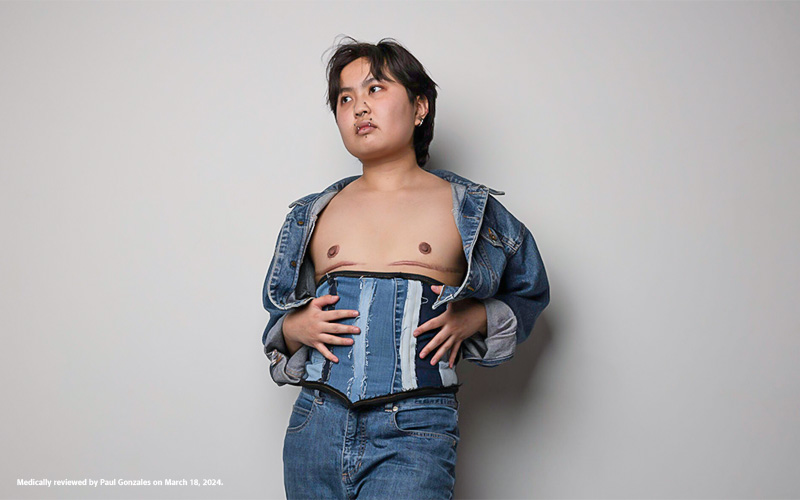
Cultural Attitudes that diminish female bodies can lead to trivializing FTM Transitions. For instance, a woman is considered soft and less muscled biologically.
A Trans man may overlook hormone therapy if you have enough body mass. Although this may not be a Trans man’s preference.
Media’s Role in Reinforcing Visibility Gaps
The role of media in reinforcing visibility gaps falls into the following two categories;
● Lack of Funding for MTF in Media Representation
Imagine that Trans men are not considered real men. How will this group receive the economic benefits of being a man? As a result, you are forcefully hurled into women’s media spaces.

The media rarely talks about how trans men require financial aid to Transition. However, for Trans women, funding is readily available. These gaps in funding create less visibility for Trans men.
● Gender Norm Biases from the Media
The media portray trans men and women as generally weaker. Only an assertive fraction of the population (read: cis men) deserve media accolades. This division creates visibility gaps.
Media Trends and Sensationalist Stories include;
The Media and selective storytelling
How many times do you hear a trans woman scorned for using the woman’s bathroom? A lot. Now, how many times do you hear the media reporting of Trans men using the men’s bathroom?
Rarely. This type of selective storytelling sends one message. Trans men are harmless to the community in general. This makes it less of a sensation in the media.

Also, Trans women are viewed as perverts and predators. Trans women thus get more sensationalized media coverage. Trans men, on the other hand, have less engagement with the rest of the population.
Another media trend that covers Trans women sensationalism is women in sports. Transwomen in women’s sports are a hot-button issue.
People pinpoint the unfair biological advantage Trans women have over women. Rarely do Trans men in men’s sports get such enough coverage.
Media Role in Sensationalizing about MTF Transition, FTM stories as a bore
The overall impact is sensationalizing the MTF transition is full representation. FTM transition, on the other hand, is viewed as a bore.
MTF transition is considered complex and, hence, sensationalized. FTM transition is considered trivial, if not non-complex.
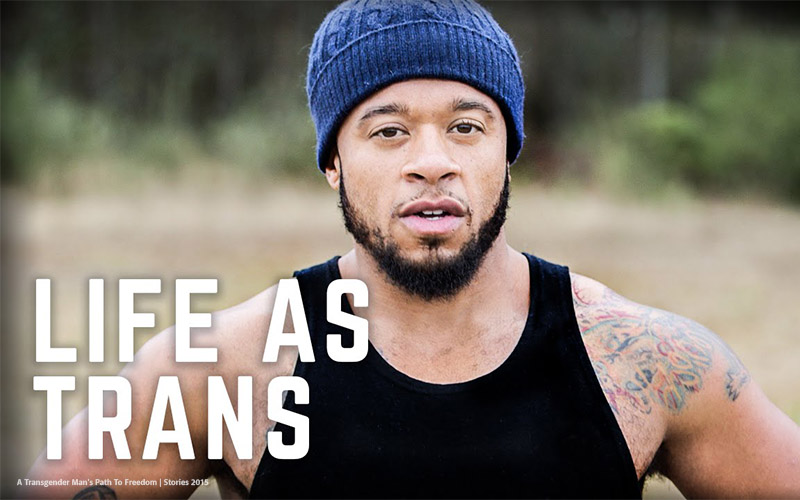
In the end, the MTF transition is more media-driven, advertised, and accepted. The FTM transition remains uncovered and considered an ear-sore.
The Role of Media (TV, Film, and Literature) in Perpetuating Trans Biases stems from Focus on Trans women stereotypes and misconceptions, instead of focusing on why Trans women feel safe in women’s bathrooms.
TV, Film, and literature focus on the many things that could go wrong with being Trans women. As a result, FtM gets less visibility as Trans people.
Challenges Unique to FTM Trans Individuals

These challenges include the following;
Medical Challenges and Accessibility
Some of the unique challenges that FTM people face include;
● Complexity and Accessibility of FTM Surgeries
FTM people need phalloplasty to transition fully. However, the surgery is quite complex and less common, making it hard for medical practitioners to research it. Further, it reduces the amount of information about phalloplasty as a whole.
● Inaccessibility to Gender Affirming Care
Gender-affirming medical care is less pervasive. As a result, FTM individuals always miss out on gender affirming treatments. The result is limited information to counter perceptions and stereotypes. Also, gynecological treatments remain reserved from this group.

● Insurance Barriers and Medical Stigma
As few healthcare systems offer treatment aids. Most Transitions are out-of-pocket expenses. Medical stigma to transition also presents unique challenges to Trans men.
Social and Psychological Factors
These are the societal factors that hinder interpersonal development among Trans men. They include;

● Social Pressures
As an FTM, people will expect you to pass as a man. Some of the pressure is to have a bulge or a beard. You are expected to be assertive and brass. Having a male body, such as muscles, is common, as is lifting heavy weights.
● Mental Health
Societal expectations will leave you to care for your mental health because you are a ‘man.’ Compared to MTF, you will likely do more work accessing mental health care. This stems from the societal view that women’s mental health is more vital.

● Family and Community Acceptance
You may be in the middle of a storm, as most people will invalidate your identity and existence. Trans women have an easier time coming out. Trans men receive restrictive access to Trans acceptance.
Media Representation of Transgender Narratives
These include the true or false stories that represent Trans men.
Mainstream Media and Its Selective Storytelling

The mainstream media tends to lean on MTF transition stories. This is due to the preferred visibility for Trans women. An excellent example of a representation that should be aired as an FTM representation can be seen in the case of Christine Jorgensen, who is a celebrity.
The Impact of Social Media and Influencers
The impact of social media and influencers includes;
Social Media and Voicing Platform
Social media has given FTM a space to voice Trans experiences. Such spaces include Facebook, Instagram, and TikTok audiences. Societal interests border on feminine leanings, so FtM is rarely acknowledged.

Social Media Engagement (likes, followers, and engagement): MTF vs FTM shows the former having more engagement. However, this underrepresentation is slowly shifting.
The Role of social media in FtM awareness includes;
● Reporting injustices against FTM.
● Positive framing of FTM Transition through factual storytelling.
● Breaking down Ftm Stereotypes.
The Role of LGBTQ Organizations
LGBTQ groups have played a significant role in minimizing FTM lived experiences. The focus placed on violence and discrimination against Trans women has led to invisibility for FTM.
Because of this, FTM issues are discussed within LGBTQ organizations. This is because of the absence of FTM-related information. This includes information about FTM’s lived experience.
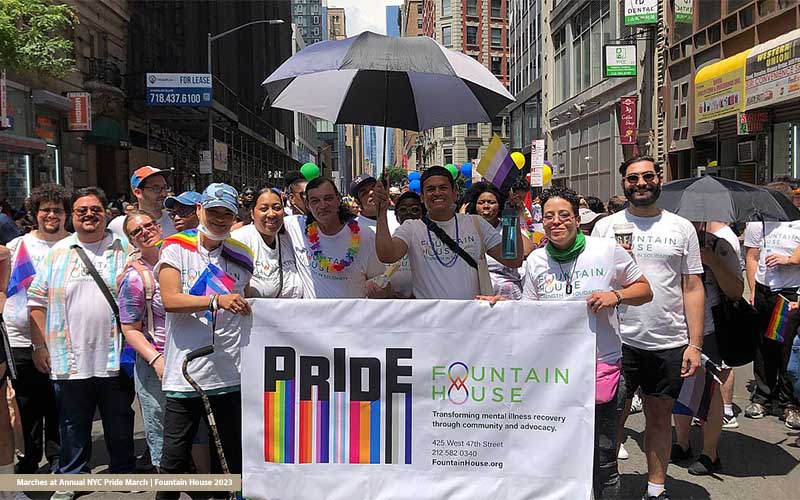
Inaccurate depiction of FtM life. Because FTM are not considered real men, stereotypes abound. As a result, LGBTQ organizations may be less willing to discuss trans issues.
Lack of FTM-specific funding. It is worth noting that FtM funding is limited compared to MTF. With less funding, this community almost becomes invisible to LGBQ organizations.
Importance of Inclusivity in Transgender Discourse
To include Trans men stories and plight, it is important that society is;
Broadening the Narrative
Equal Representation for MTF and FTM is an essential aspect of inclusive action for Transgender discourse. Broadening the narrative means accepting that MTF and FTM share similar stories of discrimination and stigma.
Additionally, both groups require education, healthcare, and social inclusion in the community.
The benefits of Inclusiveness to the broader Trans community include highlighting Trans challenges and experiences. As a result, each Trans person can acknowledge the uniqueness of your story.

Inclusivity also sheds light on the typical stereotypes and misconceptions about Trans people. Lastly, Inclusivity ensures that injustices against Trans people are reported, creating more awareness of these unique challenges.
This makes it important to broaden FTM voices beyond the community. FTM voices should reach all parts of the globe.
Many young FTMs may need to learn and know what it means to be Trans. It is only through FTM voices that Trans youth can understand the complexity of FTM lived experiences.
FTM Advocacy, Visibility and Representation
Improving FTM visibility (individuals, allies, organization) includes actively supporting FTM representation as individuals. Schools and organizations should be allies to the FTM Trans cause.
The role of Media Outlets in advocacy visibility support includes factual reporting of trans lives. Additionally, trans men should have the opportunity to speak about trans issues. This can be done through film and literature with FTM as protagonists.
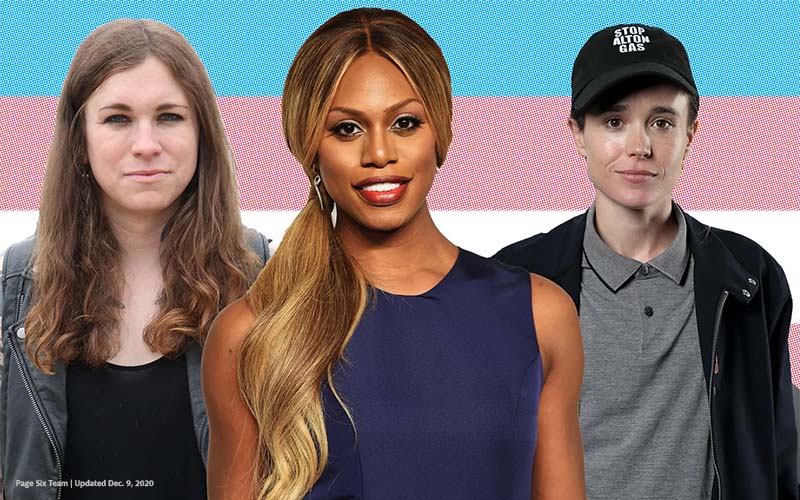
The benefits of increased representation include better resources. Healthcare access where trans people can access hormones and surgeries as basic medical needs is also crucial. For instance, access to hysterectomy or mastectomy should be allowed for FTM in vast regions of the world.
Support systems through proposed legislation can help FTM visibility and group support.
Conclusion
FTM’s plight is rarely talked about. This is due to little to no access to late medicalizations, stigma, and negative societal and media factors. Once society understands that both Trans men and Trans women deserve equal visibility, equity will be possible.

FTM deserves fair and accurate representation. Your joy, pain, and existence matter. Hence, by bridging the gap through inclusive and supportive action, FTM can be more visible, wholesomely. A whole Trans community is nothing without FTM as all should know.

 Basic Packers
Basic Packers Pack & Play
Pack & Play STP
STP

